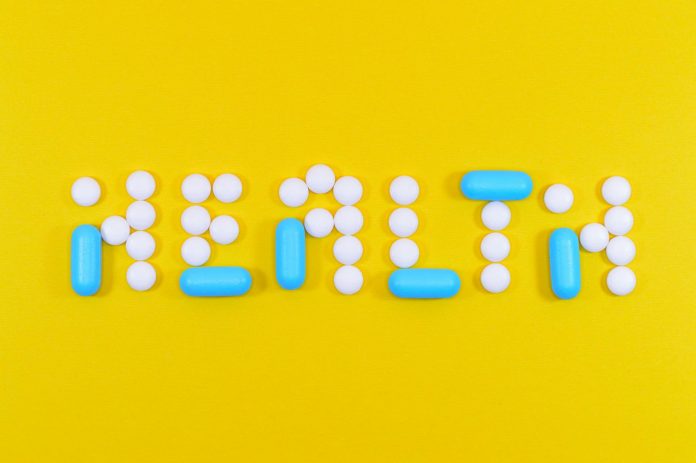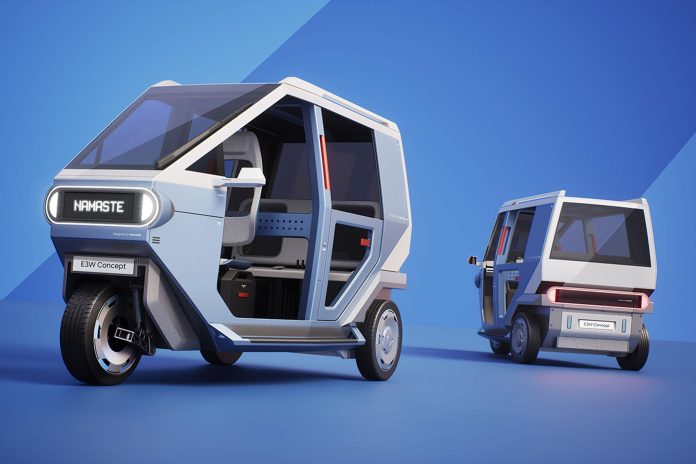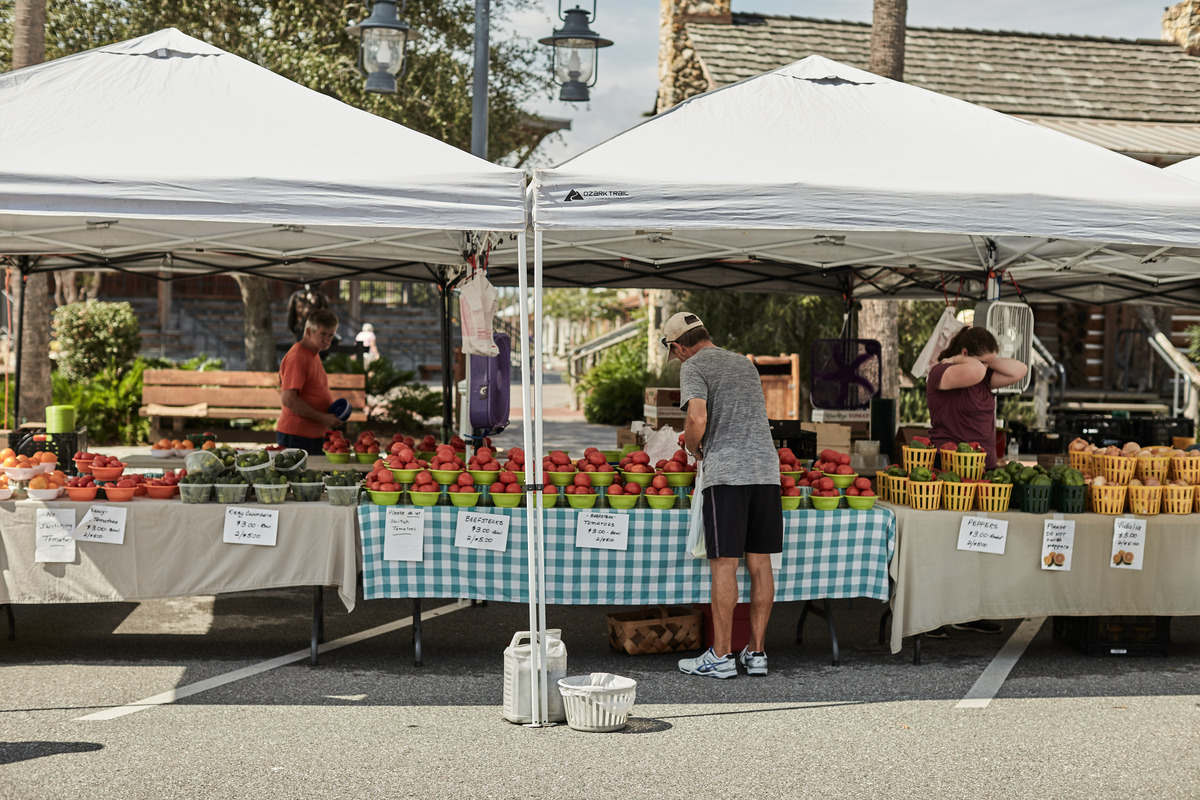We’ve reached a point where even climate change skeptics cannot deny the effects of global warming: longer and longer heat waves, fires, drought, melting sea ice and flooding, air pollution… It’s all right before our eyes, and even those who want to keep their eyes closed cannot escape the heat, figuratively and literally.
To adapt to changing times, industries and brands are going greener in all aspects. This is done for two reasons: one is obvious – we all must do whatever we can to reduce our carbon footprints (and companies especially) – but the second one has to do with evolving consumer expectations and, therefore, a desire to remain competitive in the current landscape.
According to a Nielsen report, 73% of global consumers are willing to change their purchasing habits to reduce their environmental impact. This is great news for the planet but not-so-great for companies unwilling to greenify their practices. To them we say: so long. For the rest of the brands – those willing to make their products and services more sustainable – we’ve prepared this guide.
Since 99% of the global population breathes air that exceeds recommended pollution limits, largely driven by transportation emissions, the focus of this post is on deliveries and helping companies, specifically in the medical sector, make theirs greener (and quicker). Healthcare services, after all, are about improving quality of life. How can a clinic truly commit to that mission while contributing to environmental harm?
Invest in Greener Transportation Options
Switching to greener vehicles – when possible – should be the first thing on your agenda. Electric vehicles (EVs), for example, reduce greenhouse gas emissions significantly compared to gas-powered vehicles. According to the U.S. Department of Energy, EVs produce far less emissions over their lifetime, making them a much better choice for clinics dedicated to sustainability.
If purchasing a fleet of EVs is too much at the moment, hybrid vehicles or smaller delivery vans optimized for urban routes can still make a dent in your carbon footprint. Partnerships with green-focused courier services are also worth exploring (more on this later).
Streamline Routes for Efficiency
Route optimization is essential for clinics managing multiple deliveries daily. After all, efficient routes mean fewer miles driven, reduced fuel consumption, and faster delivery times, which benefits both the environment and your budget.
Consider software route optimization solutions to analyze traffic patterns and delivery priorities. Most modern platforms can dynamically adjust routes, ensuring that urgent medical samples or prescriptions reach their destination quickly without unnecessary detours.
Partner with a Medical Courier Service
Using a specialized medical courier service is also smart if the goal is deliveries that meet the highest standards of speed, reliability, and compliance. These couriers are not your average couriers: they are well-versed in handling sensitive materials like lab samples, medications, and equipment while adhering to strict regulatory requirements, including HIPAA and OSHA guidelines.
Many of these services now incorporate sustainable practices, such as optimized delivery networks and greener transportation options. So choose a courier that aligns with your clinic’s values. Look for providers with established sustainability initiatives, such as carbon offset programs or a commitment to minimizing their environmental footprint.
Adopt Sustainable Packaging Practices
Packaging might not seem like the biggest offender in your delivery chain, but its impact adds up. Traditional materials like single-use plastics and Styrofoam are notoriously difficult to recycle and can linger in landfills for centuries.
Switching to recyclable or biodegradable packaging makes a significant difference. Compostable mailers, insulated liners made from recycled materials, and reusable thermal containers for temperature-sensitive items are excellent alternatives.
Go Paperless for Proof of Delivery
Paper receipts and signatures may seem like minor contributors to waste, but think about the volume your clinic generates in a year. Digitizing proof of delivery (POD) is both eco-friendly and more convenient, too.
Most digital POD systems allow delivery confirmation via mobile devices, reducing errors, improving record-keeping, and eliminating unnecessary paper waste. And for your patients, it’s an added layer of convenience – no lost receipts to track down later.
Monitor and Track Environmental Metrics
We like to say what gets measured gets managed (and improved). So if you’re serious about greener deliveries, start tracking key metrics like fuel consumption, carbon emissions, and waste reduction. Tools like Greenhouse Gas Protocol’s tracking guidelines or fleet management software can help quantify your progress.
This data is essential for staying accountable, plus it’s a compelling way to showcase your efforts to patients, stakeholders, and the broader community. Transparency about your clinic’s environmental initiatives can strengthen trust and reinforce your commitment to sustainability.
Embrace a More Holistic Approach to Delivery Management
If there’s one thing you take away from this post, let it be this: greener and quicker deliveries aren’t just about adopting one or two strategies and calling it a day; they require an integrated approach.
For example, you could combine EV adoption with route optimization to maximize efficiency while minimizing emissions. Similarly, pairing sustainable packaging with digital delivery systems can enhance both your environmental impact and operational speed.
The point is, address multiple aspects of your delivery chain, and you’ll achieve a more holistic improvement: enhanced patient satisfaction, reduced costs, and a smaller environmental footprint. Clinics that invest in these improvements will not only improve their operations but also strengthen their sustainability reputation – key in today’s market that is increasingly shaped by consumer expectations for greener, smarter operations.










